Yellowstone National Park isn’t just what its name says it is; it’s actually an active supervolcano. As you walk around the place, you may think, “There’s no volcano in here.” Well, that’s because much of the entire area is a volcano, and the hot springs and bubbling geysers are an indication of the turbulent activity below the surface.
So, knowing that the national park rests atop an active volcano raises the question: what happens if the Yellowstone Volcano erupts? We’re about to answer this question, so stay tight!
We’ll talk about the magnitude of this volcano, its long history of eruptions, and what may happen should it hypothetically erupt. Without further ado, let’s get started!
While there’s very little evidence to indicate that this will happen in the near future, knowing that Yellowstone National Park rests atop an active volcano is enough to make us all wonder!
According to a new study, the amount of melted rock beneath Yellowstone Volcano is far higher than previous estimates. While experts state that there is no indication of an imminent eruption, the discovery offers a more detailed view of what’s exactly going on in the huge magma chamber that lies beneath the national park.
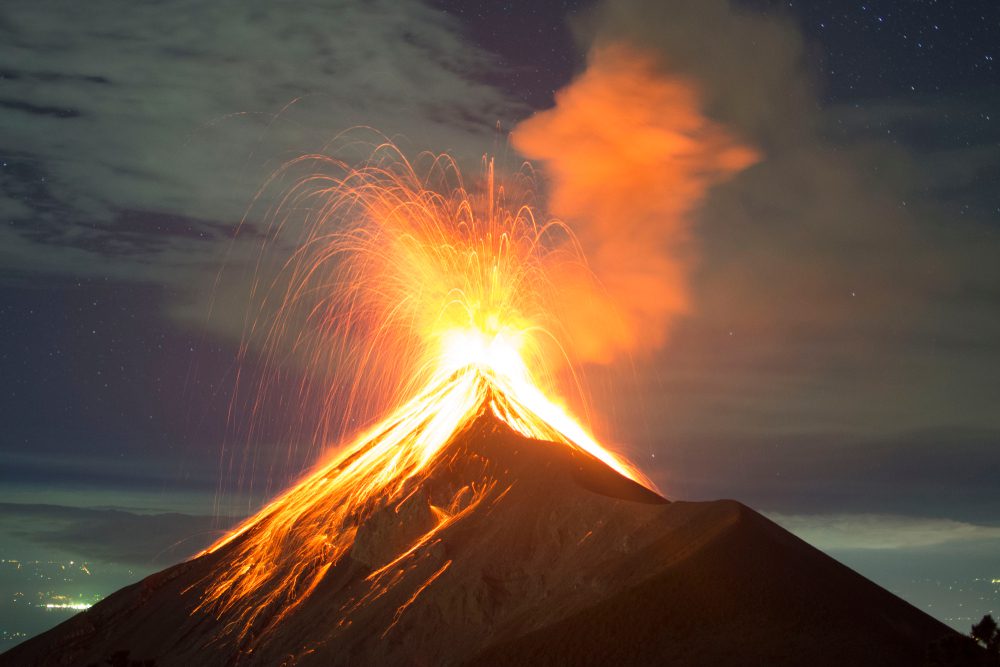
What sits beneath the Yellowstone Volcano?
Hardly a smooth blend of molten rock, the Yellowstone Volcano’s magma reservoirs contain a large amount of semi-liquid crystals, solid rock, gases, and other volatile substances. This “magmatic mix” is extremely dynamic and tends to burst out from deep underground when the liquid—or melt—level crosses a certain threshold.
Previous studies show that eruptions usually happen when at least half of the space in the upper magma reservoir is filled with melt. To help you visualize, this reservoir is a thick layer of flattened magma pockets stacked on top of each other.
The magma reservoir beneath Yellowstone Volcano is made up of two chambers. One is a shallow reservoir near the surface that’s about 25 miles (40 km) wide and 55 miles (90 km) long. The second is a deeper chamber that’s around 4.5 times larger.
While the latter contains around 2% melt, the former, which is the upper chamber, contains far more. According to a 2022 study, the proportion of melt found in this chamber is between 16% and 20%.
The term “supervolcano” indicates an eruption of magnitude 8 on the Volcano Explosivity Index. This number implies an eruption of more than 250 cubic miles (1,000 cubic kilometers) of magma. Yellowstone Volcano has had at least three such huge eruptions.
The first one occurred 2.1 million years ago, the second one 1.2 million years ago, and the third one 640,000 years ago. They were around 6,000, 700, and 2,500 times larger than the 1980 eruption of Mt. St. Helens (Washington State).
During the third large eruption, the Yellowstone Volcano area collapsed upon itself, producing a caldera—a sinking giant crater—of 1,500 square miles. The magmatic heat triggering that eruption still powers the national park’s famous hot springs, geysers, mud pots, and fumaroles.
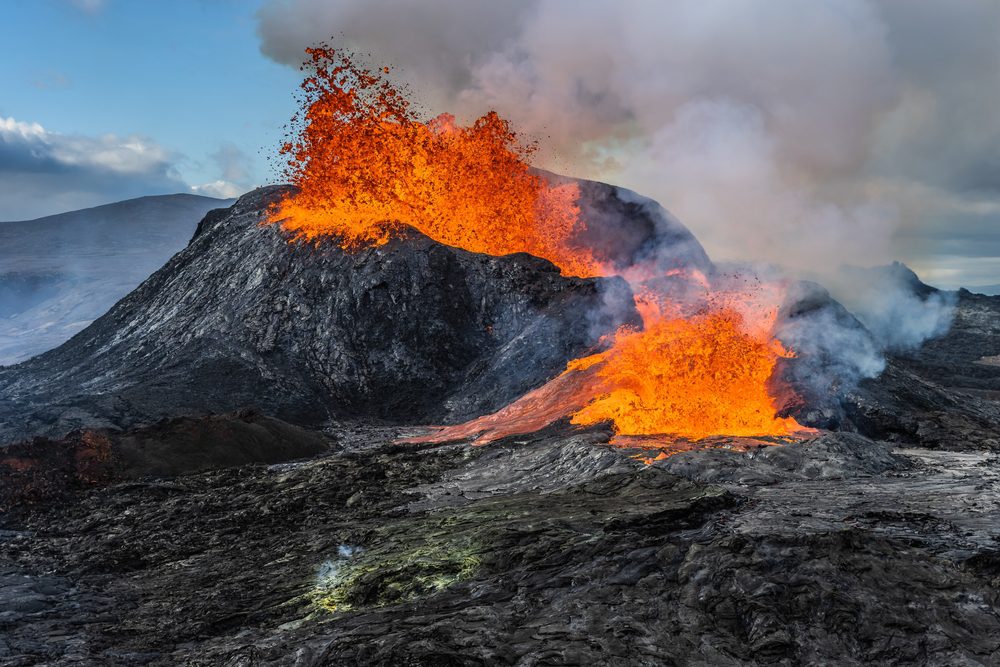
What happens if the Yellowstone Volcano erupts?
There are several things that could potentially occur if the Yellowstone Volcano erupts. The first thing that would happen before any severe volcanic activity or true eruption would be a number of earthquakes.
According to experts, volcanic eruptions and earthquakes usually go hand in hand, as seismic waves shift and adjust the crust of the earth enough for magma and lava to erupt.
After numerous earthquakes, ranging in severity and size, an eruption would be inevitable. It’s hard to say exactly how large an eruption it would be given the area’s volcanic history. While only three were considered supervolcanic eruptions, as mentioned above, there have been about 80 other smaller eruptions in Yellowstone Volcano’s lifetime.
Regardless of the eruption size, debris and ash will spew forth from the volcano, right alongside rocks and even lava. So it’s only fair to ask ourselves, “How much ash and volcanic material are we talking about based on past data?” Let’s talk about what a volcanic eruption of this potential proportion looks like!
It’s difficult to fathom the scale of a supervolcanic eruption. Perhaps you remember when Mt. St. Helens exploded to life in 1980, sending ash and debris as far as the central US, with small particles traveling around the whole globe. However, the immense eruption of Mt. St. Helene produced about a tenth of a cubic mile’s worth of debris and ash. What about the hypothetical Yellowstone Volcano eruptions?
According to past figures, Yellowstone’s initial huge eruptions that took place millions of years ago produced far more ash than Mt. St. Helens. In fact, between those three massive eruptions we’ve mentioned above, which created three calderas within the national park, they produced more than 900 cubic miles of ash and debris!
Putting this information into perspective, if the Yellowstone Volcano were to erupt at this scale today, more than 3–4 feet of ash would fall upon the nearby states of Colorado, Wyoming, Idaho, and Montana, and lesser amounts would continue to fall on surrounding areas. Enough debris and ash would be produced to cover the whole country by an inch or so, at a minimum.
You may think that debris and ash don’t sound all that bad, but 3–4 feet of ash falling all at once is enough to destroy infrastructure, buildings, and public transportation options. Many lives would be lost, and plane travel would grind to a halt.
While this amount of ash wouldn’t affect the whole US, even a little ash is enough to make driving dangerous, cause death, and kill countless animals and crops.
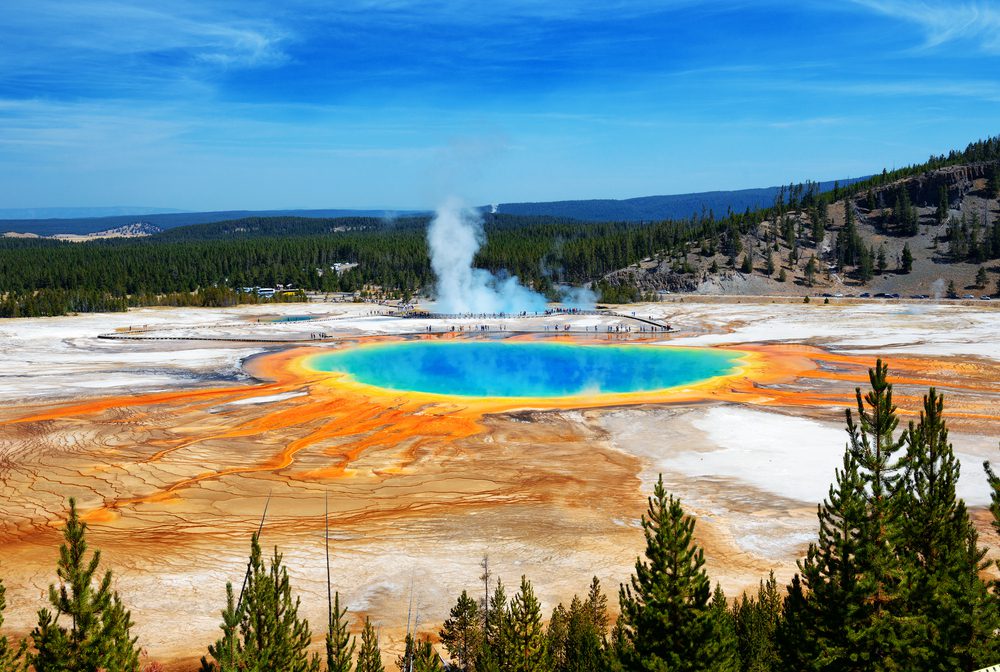
Yellowstone Volcanic Eruption: Lava flows and earthquakes
According to experts, any volcanic eruption would be pretty obvious based on the number of earthquakes preceding it. Yellowstone National Park already has a number of earthquakes each and every year, but it’s worth mentioning that these would be nothing compared to those that occur before a hypothetical eruption. The damage within the national park and nearby areas would be obvious, and evacuations would likely be necessary.
If the seismic waves didn’t make an eruption obvious enough, lava flows should indicate that the Yellowstone Volcano has something important to say. Luckily, lava flows can’t go as far as ash can, and only about 50 miles of the national park are likely to be destroyed by burning hot magma.
Yet there’s one more surprising consequence of the volcanic eruptions, and it’s the opposite of scorching hot lava: our planet’s temperature would decrease exponentially.
Yellowstone Volcano Eruption: a cooling planet
Given the potential scope of a Yellewstone Volcano eruption, we don’t really know just how much debris and ash will be released into the atmosphere. However, any sort of volcanic activity releases particles into the air, blocking and reflecting harsh UV rays and sunlight.
This results in a reduction in temperature, and a Yellowstone Volcano eruption could discharge enough of these dangerous particles to cool the whole planet by several degrees and for multiple years.
While this may sound like a good thing given today’s global warming, this stark shift into colder temperatures would most likely be catastrophic enough to affect crop production and agriculture.
In conclusion, a supervolcano eruption of the sort that Yellowstone could potentially produce is world-changing! The good news, though, is that the chances of this volcano erupting are exceedingly rare, if not nonexistent.
By the way, if you want to learn more about volcanoes, this series from Amazon paints a detailed picture of these powerful forces.
You may also want to read 5 Chilling Things Artificial Intelligence Can Do to Us.

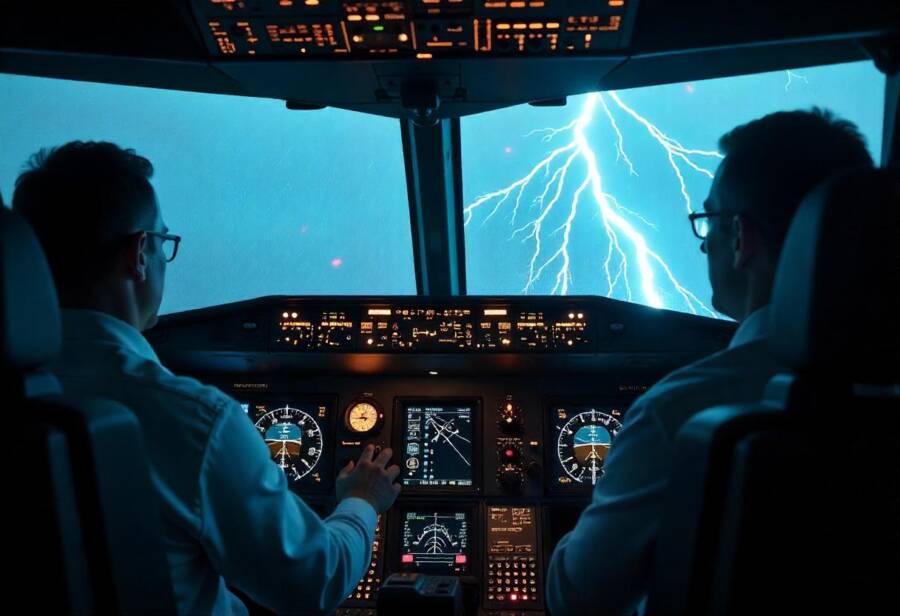
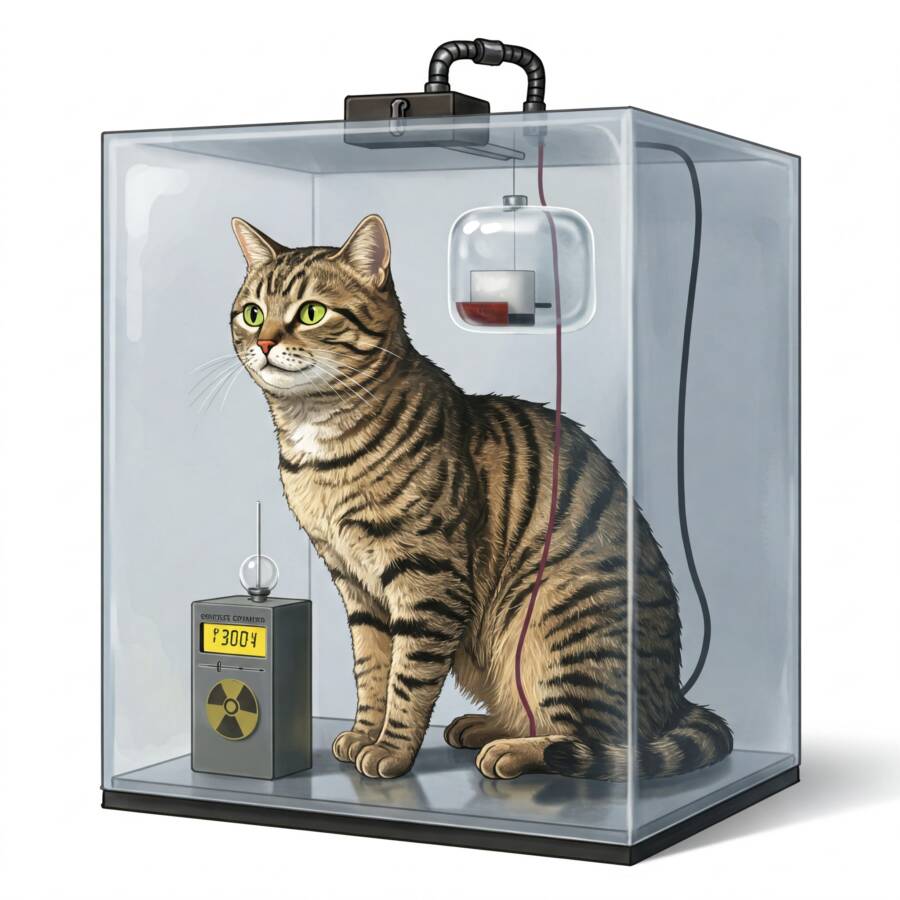












One Response
Fairly word-y. Necessary? Yes. Inviting? Yes, initially. Thx 4 spreading science!